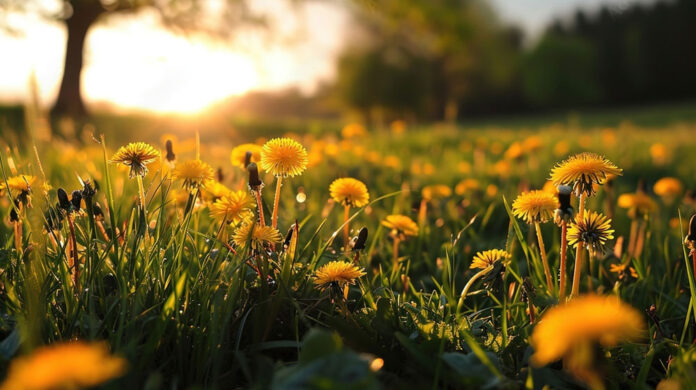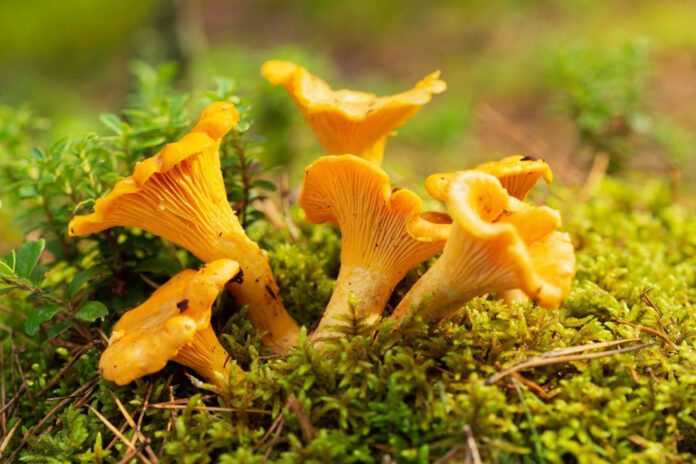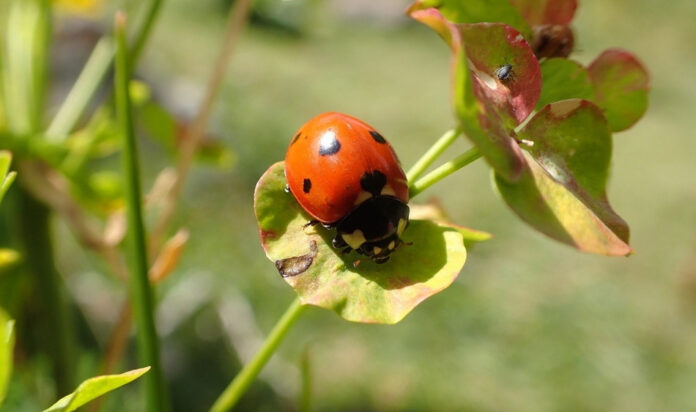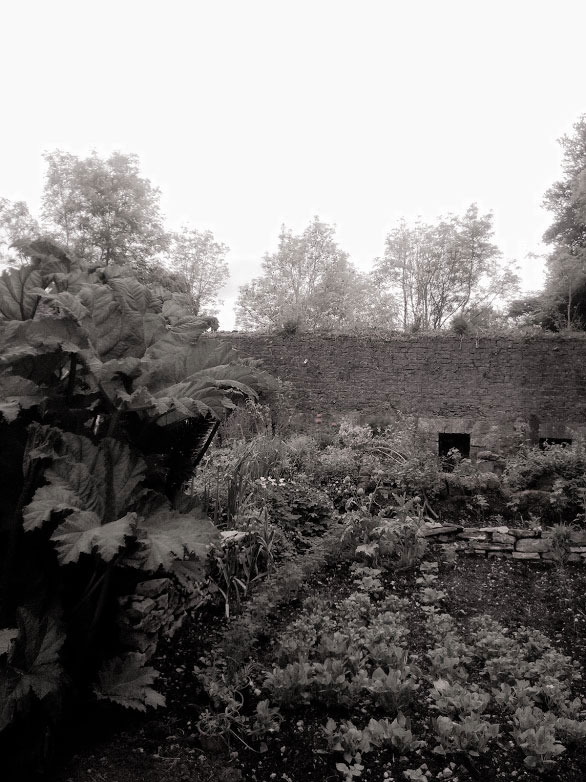The crumbling silhouette of Marblehill House in County Galway, Ireland, whispers tales of a bygone era. But echoes of the past linger not just in the stones, but also in the memories of creatures who once called it home. Among them were the barn owls, silent guardians with amber eyes, whose presence is now a fading memory in the Irish night.
Masters of the Moonlight
Barn owls, with their heart-shaped faces and near-silent flight, were likely a familiar sight at Marblehill. These nocturnal predators, perfectly adapted for hunting in low light, thrived in the open spaces and quiet corners the estate provided. Their exceptional hearing and the ability to rotate their heads nearly 270 degrees allowed them to pinpoint even the faintest sound of scurrying prey, like mice or voles, in the overgrown gardens or hidden nooks of the ruined house.
A Natural Symbiosis
The barn owls likely benefited from the presence of the Burkes, the one-time residents of Marblehill. Rodent populations often thrive around human settlements, providing a plentiful food source for the owls. In return, the owls helped keep these rodent populations in check, maintaining a natural balance within the ecosystem. This mutually beneficial relationship likely existed for generations, with the barn owls becoming silent guardians of the estate.
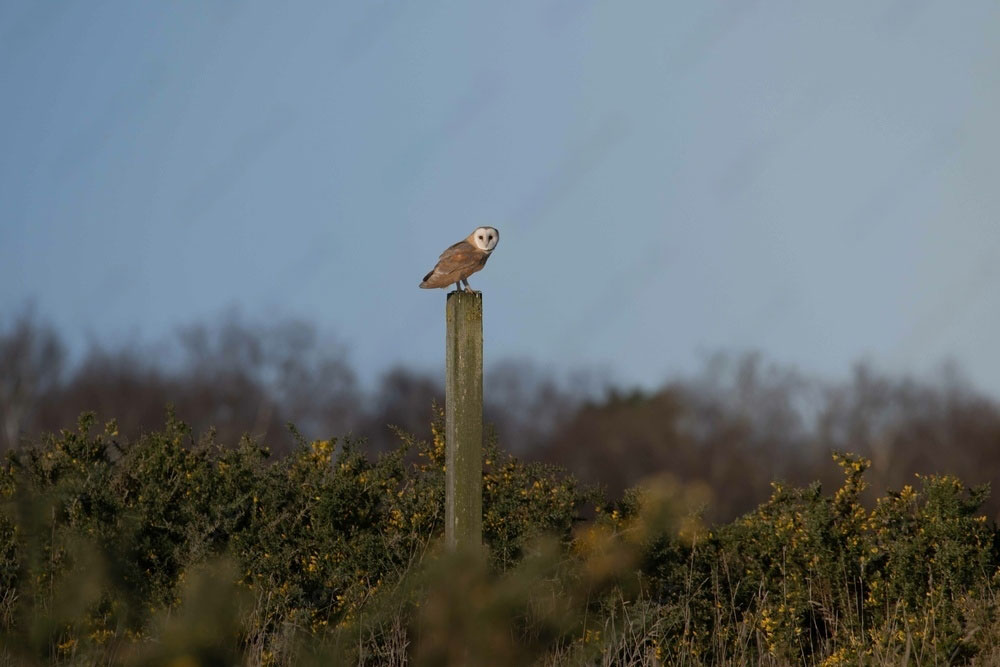
A Symphony Silenced: Habitat Lost
The arrival of diggers and heavy construction machinery, as local accounts suggest, marked a turning point for the barn owls of Marblehill. The destruction of the old courtyard behind the ruined mansion house likely had a devastating impact:
● Destroyed Nesting Sites: Barn owls often nest in cavities, crevices, or abandoned buildings. The demolition of the courtyard buildings might have eliminated their established nesting
sites, forcing them to search for suitable alternatives further afield. Finding new nesting sites can be challenging, especially for territorial birds like barn owls.
● Disturbed Hunting Grounds: The disruption caused by construction and the loss of overgrown areas would have significantly impacted the owls’ ability to hunt effectively. Barn owls rely on camouflage and silent flight to catch their prey. The construction project would have destroyed their established hunting grounds, leaving them exposed and struggling to find food.
● Forced Relocation (and Potential Population Decline): With their habitat destroyed and hunting grounds compromised, the barn owls would have been forced to relocate to find
suitable nesting and hunting areas elsewhere. This relocation would have been stressful, especially for breeding pairs with young owlets. Unfortunately, not all owls would have been successful in finding new territories, potentially leading to a decline in the local barn owl population.
A Reminder of Fragile Balance
The story of the barn owls at Marblehill serves as a stark reminder of the delicate balance between human actions and the natural world. The destruction of their habitat, even with unintentional consequences, disrupted a predator-prey relationship and an entire ecological balance that likely existed for generations.
Hope for the Future
While the barn owls might no longer be readily seen at Marblehill, there’s always a chance they could return. Efforts to recreate suitable nesting boxes and restore overgrown areas could potentially entice these silent hunters back to their former homes. Here are some ways to encourage their return:
● Nesting Box Programs: Working with wildlife conservation groups to install nesting boxes designed specifically for barn owls could provide them with safe and secure alternative nesting sites.
● Habitat Restoration: Restoring overgrown areas with native plants and shrubs would create a more natural hunting ground for the owls, allowing them to hunt effectively and control rodent populations.
● Community Education: Raising awareness about the importance of barn owls and their role in the ecosystem can encourage residents to support conservation efforts and protect potential barn owl habitats.
The barn owls of Marblehill might be a memory, but their story serves as a call to action. By understanding the impact of our actions on wildlife, we can strive to create a future where humans and nature can coexist in harmony, allowing the silent symphony of the night to take flight once more. The haunting beauty of Marblehill House can become a symbol, not just of the
past, but also to our commitment to fostering a future where such ecological relationships can thrive.


